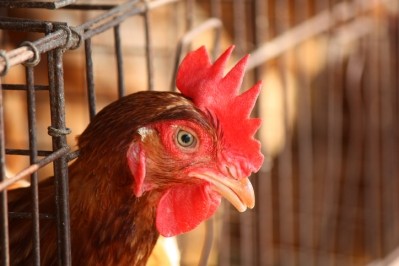Don't discard nutrient-rich veg stalks, urge NZ researchers
unattractive portions of vegetables that may be used as a source of
nutrients for supplements or the development of a new class of
fermented food products, say scientists from New Zealand's Lincoln
University.
In most Westernized countries the most commonly consumed parts of vegetables are the roots and the leaves. Growers and manufacturers often throw out the unattractive stalks of plants like vegetables and cauliflowers on the grounds that they have little consumer appeal - even though they may be rich in vitamins and antioxidants.
But Dr Alaa El Din Bekhit and Dr Sue Mason of Lincoln University believe that growers and manufacturers could reduce their own economic losses from discarding the unwanted plant parts, and reduce waste disposal and pollution, by using them as a source of supplement ingredients or pickling them for consumption after the fresh produce would have expired.
Moreover, and perhaps because of consumer preferences, the majority of the research into plants' antioxidant load is focused on the commonly eaten portions.
For a study presented at the New Zealand Nutrition Society Conference, Dr Bekhit and Dr Mason assessed the antioxidant content of fresh cabbage, cauliflower and broccoli stems supplied by M and M of Canterbury.
Each vegetable was then seasoned with spices, covered with brine and left to ferment, after which time the antioxidant content was measured again.
Whilst the scientists reported some decrease in antioxidant levels with processing, this was not unexpected and they said that they still remained "at beneficial levels".
In one case, the antioxidants in a stalk were found to be four times those in the equivalent weight of tomatoes.
Taste tests indicated that the fermented stalks were acceptable, especially to Asian people.
As for dietary supplements, the New Zealand nutraceutical industry is evolving through ingenious use of the byproducts of agriculture and food processing: witness Keratec's discovery of a method of extracting keratin from wool in a soluble, digestible form without destroying its natural amino acid structure; and the New Zealand Grape Seed Company's extraction of a chemical-free antioxidant from wine waste.
European manufacturers could perhaps learn from example. Supermarkets are notoriously fussy about the aesthetics of the fruit and vegetables, and growers are not remunerated for rejected produce. The result is that while some may end up in animal feed or on farmers' markets, there is also a huge amount of wastage.
It is not known at time of publication whether Bekhit and Mason's research was conducted with a particular commercial interest in mind, but Dr Bekhit has said he expects that fermented stalks would have a ready-made market in New Zealand amongst consumers from ethnic backgrounds where fermented products are commonplace, such as China.
He is optimistic that, from niche beginnings, they may start to become acceptable in the mainstream in time.





